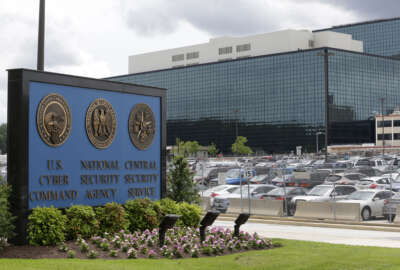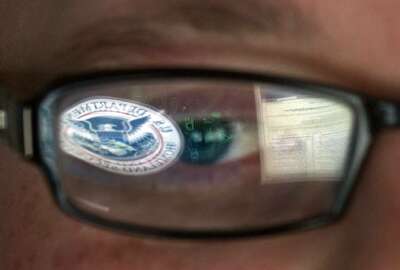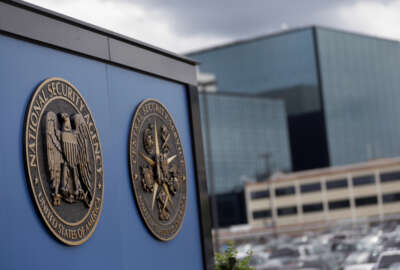
How NSA is winning the war for cyber talent
Kathy Hutson, NSA’s senior strategist for academic engagement, said a 20-year partnership with the University of Maryland, Baltimore County helps keep current...
Best listening experience is on Chrome, Firefox or Safari. Subscribe to Ask the CIO’s audio interviews on Apple Podcasts or PodcastOne.
The National Security Agency wants to share its recipe for its secret sauce around hiring and recruiting with other agencies.
While NSA may have some specific cyber and intelligence needs, the approach the agency is using is one that any organization can follow.
Kathy Hutson, NSA’s senior strategist for academic engagement, said a 20-year partnership with the University of Maryland, Baltimore County has kept the agency’s workforce pipeline filled.
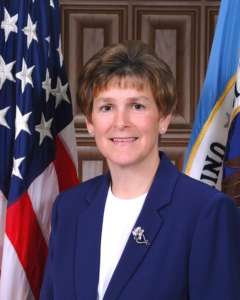
“What we find is about 85 percent of those individuals we are bringing here in our student programs are converting to full-time employees. That is a phenomenal success,” Hutson said on a special edition of Ask the CIO during Cybersecurity Awareness Month. “We also are coordinating extensively with academia across the country on a number of research problems and challenges. We are having great success in that way of introducing professors and students into the world of NSA on an unclassified side, giving them a glimpse of what we are working against and they are getting excited about our mission that way as well. That also turns into hiring and recruitment opportunities. What our partnership has meant to NSA and the success of our mission cannot be overstated.”
Over the last two decades, more than 1,100 students joined NSA from UMBC, and of them, 15 have contributed to patent applications filed by NSA.
Additionally, Hutson said NSA and UMBC continue to partner on cybersecurity research on areas including malware analysis, data analysis and computer architecture.
NSA says it invests more than $100 million annually in support of academic partner programs, including educational grants, research and recruitment efforts. NSA is partnering with 200 universities under its centers of academic excellence program. The agency also has cooperative research and development agreements (CRADA) with about 16 academic and private organizations focused on technology transfer opportunities.
“NSA does an amazing job of connecting with being on campus, and really, to an amazing extent, demystifying the work that they do, the work students will do and giving them an opportunity to get excited about the mission,” said Caroline Baker, the assistant vice president for careers and corporate partnerships at UMBC. “We have been working in close partnership with the agency to talk about how we are broadening the pipeline of students who are completing their degrees in these majors. How are we including more women in these majors? How are we including more under-represented groups in completing computer science and math degrees? The agency has been a partner in that work.”
NSA’s partnership with UMBC and other academic institutions is important for several reasons. First, with a 96 percent retention rate, NSA must continually educate employees by paying for mid-career degrees and certifications, and giving them the opportunities to take on new challenges.
Second, NSA is facing the same supply and demand challenges for cyber workers that every agency and organization confronts so having a constant pipeline of new employees helps reduce the impact over the long term.
Hutson said NSA will have to hire more than 2,300 new employees in fiscal 2019 with a majority of those jobs being in the technology, cyber and language fields.
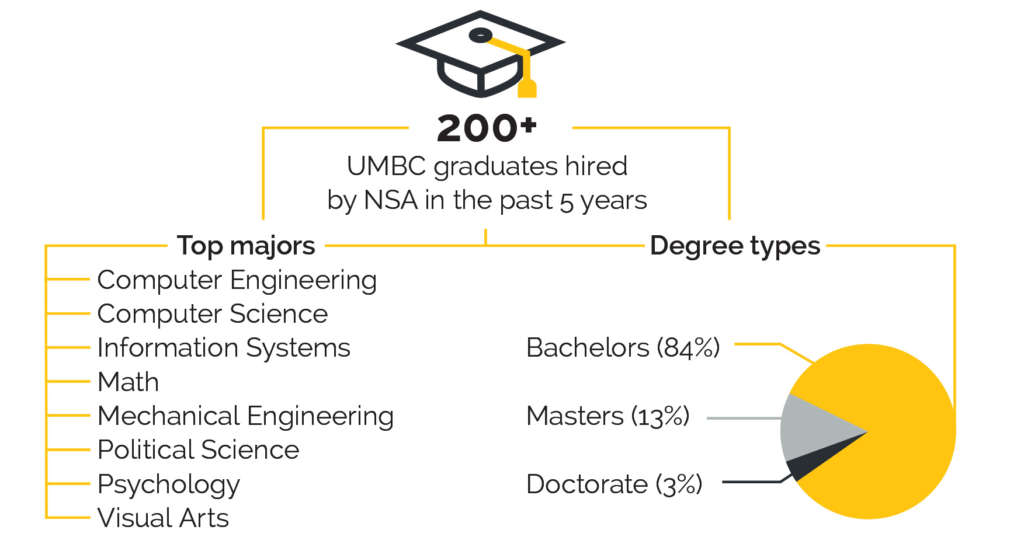
And third, NSA, also like many agencies, the more it can do to expose students and mid-career executives to its mission and the type of work employees do every day, recruitment becomes easier.
“Not only do we have a great mission, we have tremendous benefits afforded to us. We have incredible opportunities for employees to enhance their skills by getting additional degrees, learn tradecraft that you can only learn at the NSA,” Hutson said. “This business of recruiting the best talent in the country is very high touch. We have visiting professors who are now on campus who are teaching and lecturing in the classroom. We have over 250 academic liaisons covering the country and letting folks know about NSA and what we need here and how important we are.”
Hutson said a few decades ago, NSA would need more outside expertise and it would have to be driven by academic institutions on an unclassified level.
Baker added UMBC’s students and faculty benefit on many different levels from the research and sabbatical opportunities along with the internship program.
“Our institution also has a student population where many have parents who are in government service. Government service is considered an honorable and valuable pathway,” she said. “When we talk about computer science alone, and we know we are not graduating enough to meet the need of the current job market, and we believe one of the things we need to do to fix that challenge is to get more women into computer science. There are many, many of my colleagues who are working on this challenge. It’s something we work on and the NSA cares about, and when they send people to campus they do an amazing job of encouraging and recruiting students for these technical programs.”
Baker said NSA is the standard for working in the university system based on the time and effort their employees make with students and faculty.
“They are aware that to get the best talent, they need to provide a personal face for students and a person for them to talk to and ask questions,” she said. “They are doing an amazing job in connecting with this current generation of college students and giving them the passion and inspiration to serve the country.”
Copyright © 2025 Federal News Network. All rights reserved. This website is not intended for users located within the European Economic Area.
Jason Miller is executive editor of Federal News Network and directs news coverage on the people, policy and programs of the federal government.
Follow @jmillerWFED




